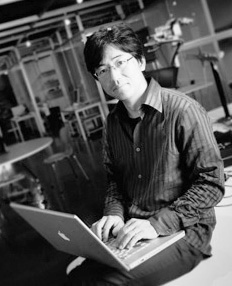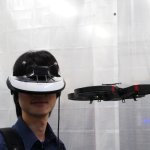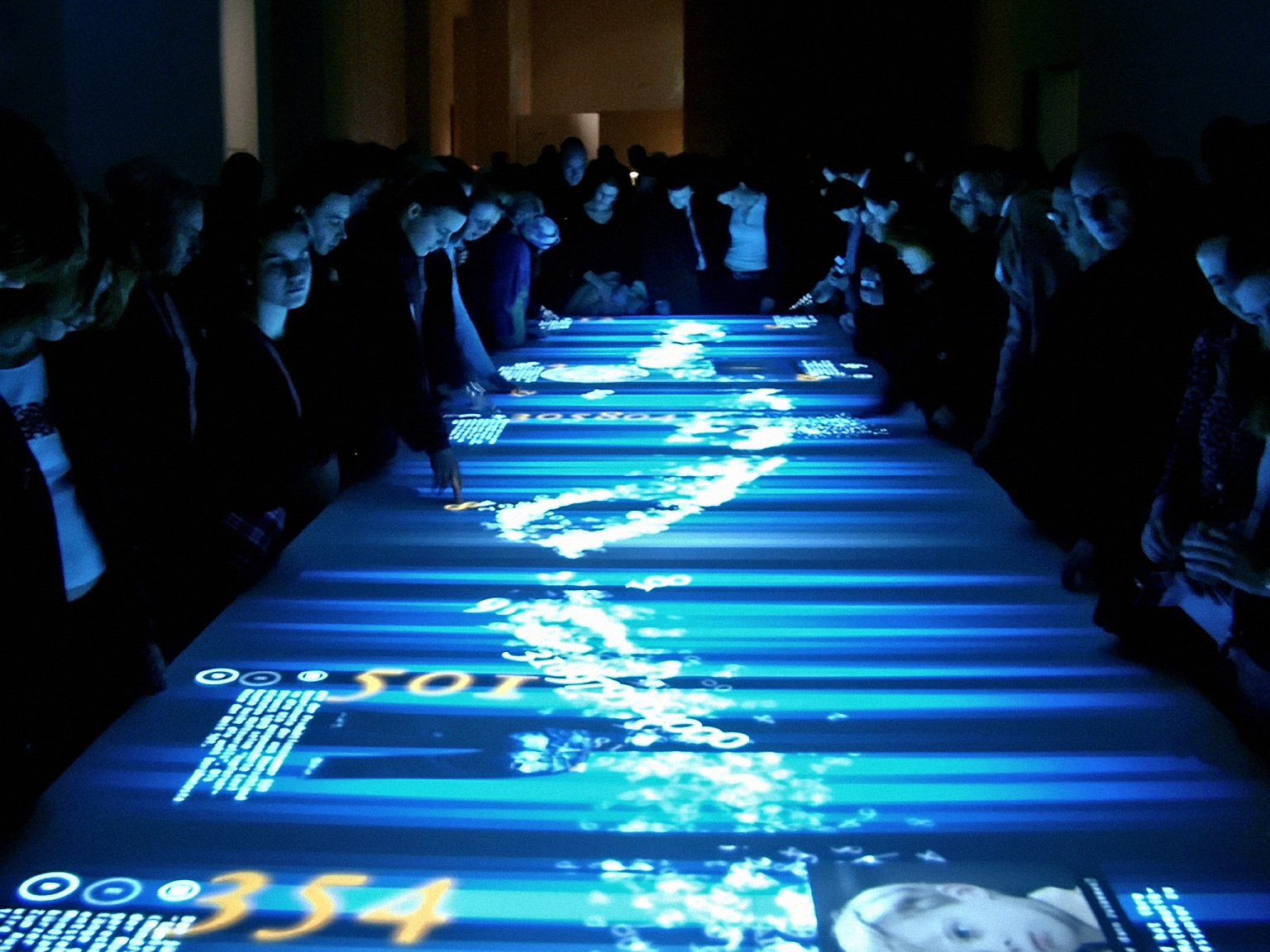Keynotes
ITS 2014 is looking forward to featuring keynotes from two distinguished speakers.

...Click this button to get free pdf access until Nov 2015 provided by ACM OpenTOC service.

A New You: From Augmented Reality to Augmented Human
Opening Keynote, Monday, Nov 17, 9:15 amAbstract 
Traditionally, the field of Human Computer Interaction (HCI) was primarily concerned with designing and investigating interfaces between humans and machines. The primary concern of Surface Computing is also still about designing better interfaces to information. However, with recent technological advances, the concept of "enhancing", "augmenting" or even "re-designing" humans themselves is becoming very feasible and serious topic of scientific research as well as engineering development. more/less
"Augmented Human" is a term that I use to refer to this overall research direction. Augmented Human introduces a fundamental paradigm shift in HCI: from human-computer-interaction to human-computer-integration. In this talk, I will discuss rich possibilities and distinct challenges in enhancing human abilities. I will introduce recent projects conducted by our group including design and applications if wearable eye sensing for augmenting our perception and memory abilities, design of flying cameras as our external eyes, a home appliance that can increase your happiness, an organic physical wall/window that dynamically mediates the environment, and an immersive human-human communication called "JackIn".




Biography
Jun Rekimoto received his B.A.Sc., M.Sc., and Ph.D. in Information Science from Tokyo Institute of Technology in 1984, 1986, and 1996, respectively. From 1986 to 1994, he worked for the Software Laboratory of NEC. During 1992-1993, he worked in the Computer Graphics Laboratory at the University of Alberta, Canada, as a visiting scientist. Since 1994 he has worked for Sony Computer Science Laboratories (Sony CSL). In 1999 he formed, and has since directed, the Interaction Laboratory within Sony CSL.
At Sony CSL, Rekimoto initiated and has led the "Real-World User Interfaces" project since 1994. This project produced several notable research accomplishments, including NaviCam (a situationally-aware mobile assistant), Pick-and-Drop (a direct-manipulation technique for inter-appliance computing), Multiple-Device Digital Whiteboard, Augmented Surfaces, and TimeScape (a time-machine user interface environment). Some of these are being commercialized in Sony's VAIO personal computer series.
Rekimoto's research interests include computer augmented environments, mobile/wearable computing, virtual reality, and information visualization. He has authored dozens of refereed publications in the area of human-computer interactions, including ACM, CHI, and UIST. One of his publications was recognized with the 30th commemorative papers award from the Information Processing Society Japan (IPSJ) in 1992. He also received the Multi-Media Grand Prix Technology Award from the Multi-Media Contents Association Japan in 1998, the Yamashita Memorial Research Award from IPSJ in 1999, and the Japan Inter-Design Award in 2003. In 2007, He elected to ACM SIGCHI Academy.
Detailed research information and publication lists are available here. less

Sensitive Skins in Media Art and Design
Closing Keynote, Wednesday, Nov 19, 3:30 pmAbstract 
After the spread of personal computers in the mid 1980ies, media art and design focussed primarily on the screen as an interface for nearly two decades. In order to overcome the limitation of the screen as a small rectangular, flat, single-user device, ART+COM developed touch-sensitive surfaces applicable to objects of almost any size and form in the early years of the new century. When encountering these new interfaces in exhibitions and in the museum, the audience accepted them emphatically. Instead of being faced with some wall projection with a classic single-user input interface as usual, visitors were enabled to explore content together and interact with each other. more/less
The first touch-sensitive tables Behind The Lines (2003) and floating.numbes (2004) for the Jewish Museum in Berlin turned users into interactive participants who could jointly explore the data surface and discuss what they had discovered. The installations' implicit form of a table encouraged users to interact with each other - after all, tables have served as places of communication and exchange throughout human history. Driven by the success of this multi-user, face-to-face experience ART+COM developed dozens of content and context specific installations ranging from large, rectangular tables to amorphous touch-sensitive sculptures. The talk will discuss the history of installations and spaces using dynamic sensitive surfaces including sensitive tables, sculptures, floors, costumes and architecture and spanning from ART+COMs pre- to post-sensitive-surface era.
Biography
After graduating from the academy of fine arts in Berlin, Joachim Sauter studied at the 'German Academy for Film and Television', Berlin. Since the early 1980s, he has been working as a media artist and designer. From the beginning, Joachim Sauter has focussed on digital technologies and is experimenting how they can be used to express content, form, and narration. Fuelled by this interest, he founded ART+COM in 1988 together with other artists, designers, scientists and technologists. Their goal was to practically research this new up-and-coming medium in the realm of art and design. Until now, he is leading this interdisciplinary group.
In the course of his work he was invited to participate on many exhibitions. Beside others he showed his work at 'Centre Pompidou' Paris, 'Stejdilik Museum' Amsterdam, 'Museum for Contemporary Art' Sidney, 'Deichtorhallen Hamburg' , Kunsthalle Wien, 'Venice Biennial','ICC' Tokyo, 'Getty Center' Los Angeles, MAXXI Rom. He received several awards like the 'Golden Lion, Cannes', the 'D&AD Black Pencil', the 'Ars Electronica Interactive Award', the 'British Academy for Film and Television Interactive Award', ADC New York and ADC Germany Gold, the 'Grand Clio', the 'Red Dot Grand Prix', the "Designaward of the Federal Republic of Germany" and many other national and international awards'.
Since 1991 he is full professor for "New Media Art and Design" at the 'University of the Arts' Berlin and since 2001 adjunct professor at UCLA, Los Angeles. less















